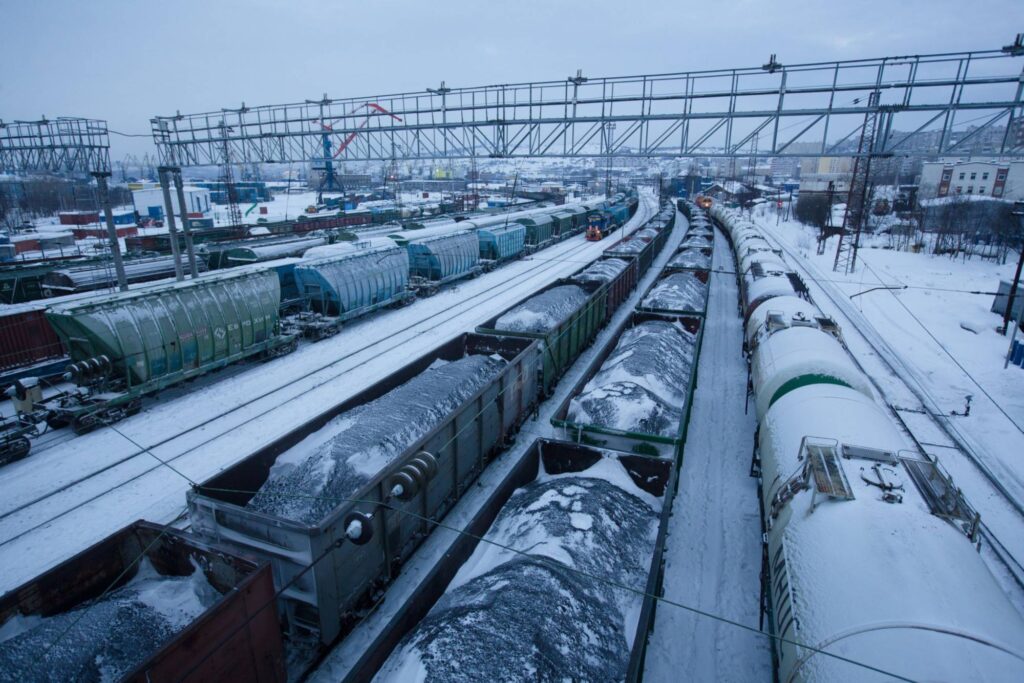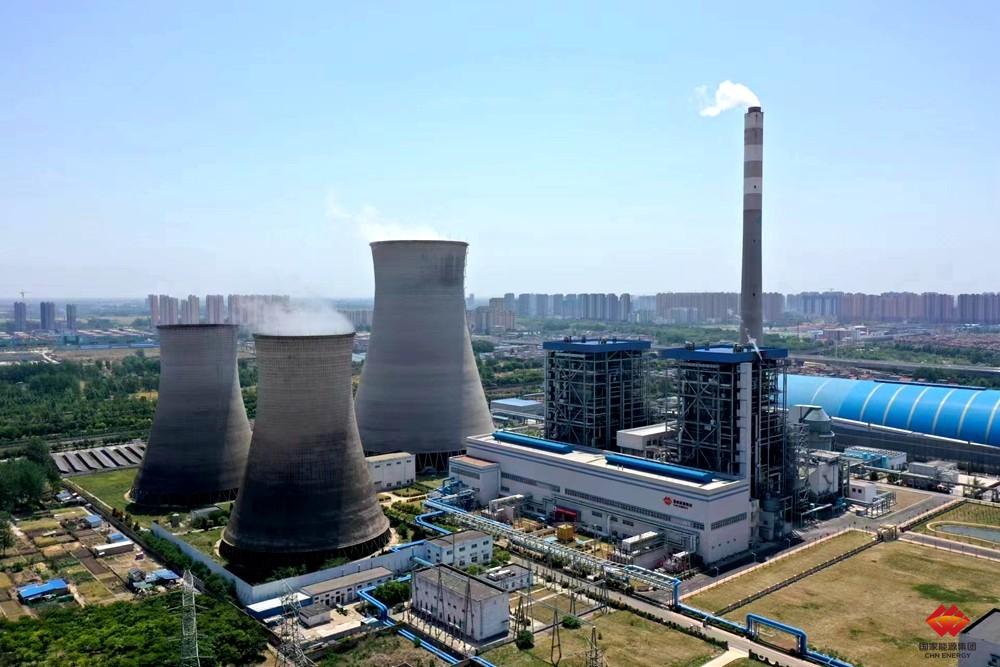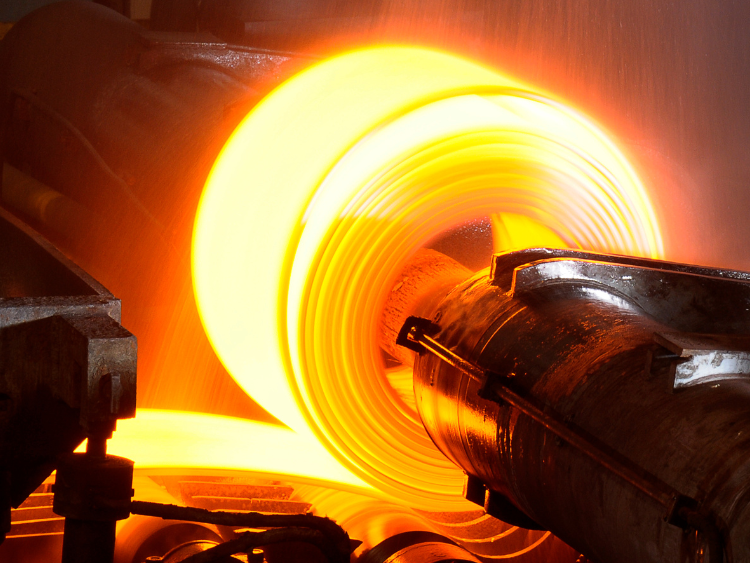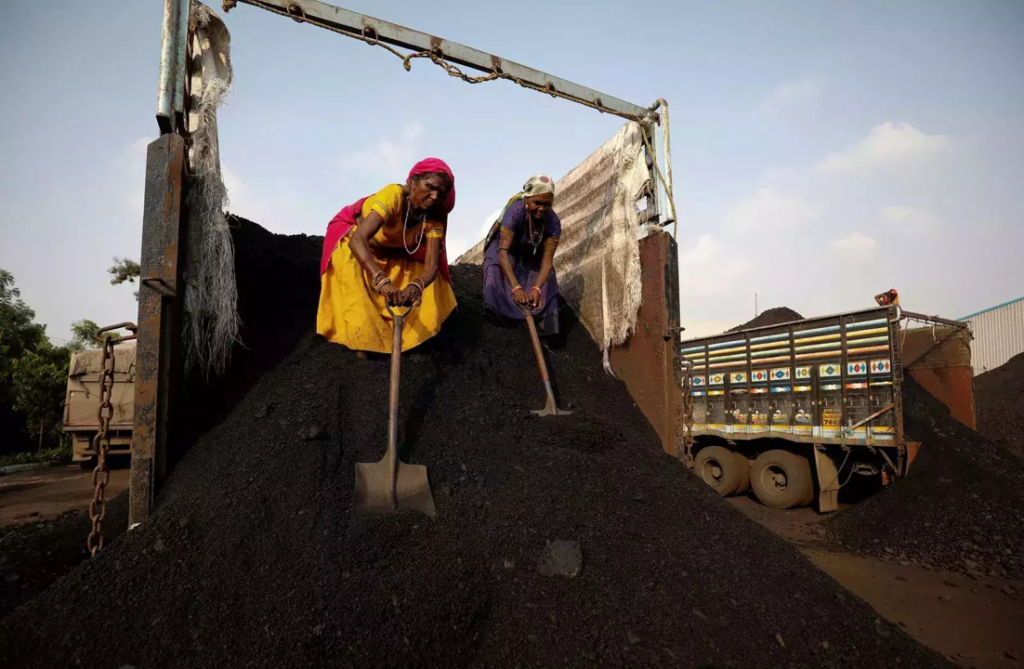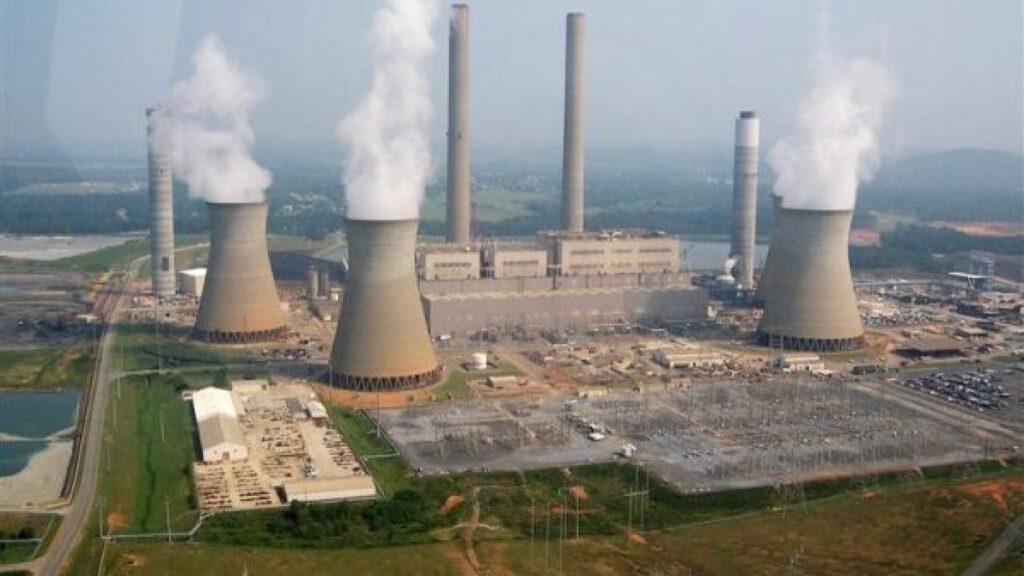With the end of the main flood season, hydropower output will inevitably weaken. However, given that the precipitation situation this year is better than last year, the industry generally believes that the current hydropower output must be better than the same period last year. What are the facts?
Data from China Coal Resources Network shows that since the end of September, the outflow from the Three Gorges Reservoir has been on a downward trend, but as of the first half of November, it is believed to be more sustainable than the same period last year. Since the second half of November, outbound traffic has further declined, even lower than the same period last year.
As of November 28, the outflow flow from the Three Gorges Reservoir was 6110m3/s, down 19% from the same period last year and 42% from the same period in 2021; the average daily flow since the second half of November was 7462m3/s, compared with the same period last year. 7924m3/s.
However, the warehousing situation is still better than the same period last year. As of November 28, the inflow of the Three Gorges Reservoir was 7,000m3/s, an increase of 19% compared with the same period last year, and a decrease of 15% compared with the same period of 2021; the average daily flow since the second half of November was 8,711m3/s, an increase of 30% compared with the same period last year.
The reason why the inflow is high and the outflow is low may be due to water storage considerations. In view of the experience and lessons learned from the extreme water shortage in the lower reaches of the Yangtze River during the dry season last year, major hydropower stations have increased the water storage capacity of their reservoirs this year.
Data show that the water level of the Three Gorges Reservoir has also been on a downward trend recently. After reaching 175 meters in mid-to-late October, it has been declining with slight fluctuations. It has now dropped to 171 meters, an increase of 12 meters compared with the same period last year, but it is still lower than the same period in 2021. Decrease by 2 meters.
From a meteorological point of view, since November, precipitation across the country has been mainly concentrated in the Northeast. Under the influence of continuous heavy snowfalls, the November precipitation in the three provinces of Heilongjiang, Jilin, and Liaoning far exceeded the historical average. There are relatively few in other areas, and the Yangtze River Basin is no exception.
Looking at the southern region as a whole, precipitation in November was low in major hydropower provinces, especially in Yunnan, Guangxi, Sichuan, Guizhou and other places. In some areas, precipitation was only single digits, and severe drought conditions have already occurred.
In the later stage, according to the National Climate Center, winter (December 2023 to February 2024) is expected to be severe in the southern part of Northeast China, central Inner Mongolia, most of North China, central and southern East China, southern Central China, South China, southern Southwest China, and southwestern Northwest China. Precipitation in central Inner Mongolia and most of Tibet is higher than normal for the same period of the year, including parts of central Inner Mongolia, northwestern Hebei, most of Zhejiang, southern Anhui, Fujian, most of Jiangxi, southern Hunan, most of Guangdong, eastern Guangxi, southern Qinghai, In places such as central Tibet, the number is 20% to 50% higher. Precipitation in most other areas across the country was close to normal for this period to less than normal, with rainfall in northeastern Inner Mongolia, northern Heilongjiang, southern Shaanxi, northeastern Sichuan, and western Xinjiang being 20% to 50% less.
In other words, the water supply situation in the middle and lower reaches of the Yangtze River is better than last year, but the overall water supply in the upper reaches should be less, which may affect the subsequent water supply to the Three Gorges Reservoir. However, given that the water storage conditions of major reservoirs are generally good, hydropower output is expected to be stronger than the same period last year, but it is likely to be lower than in wet years.

